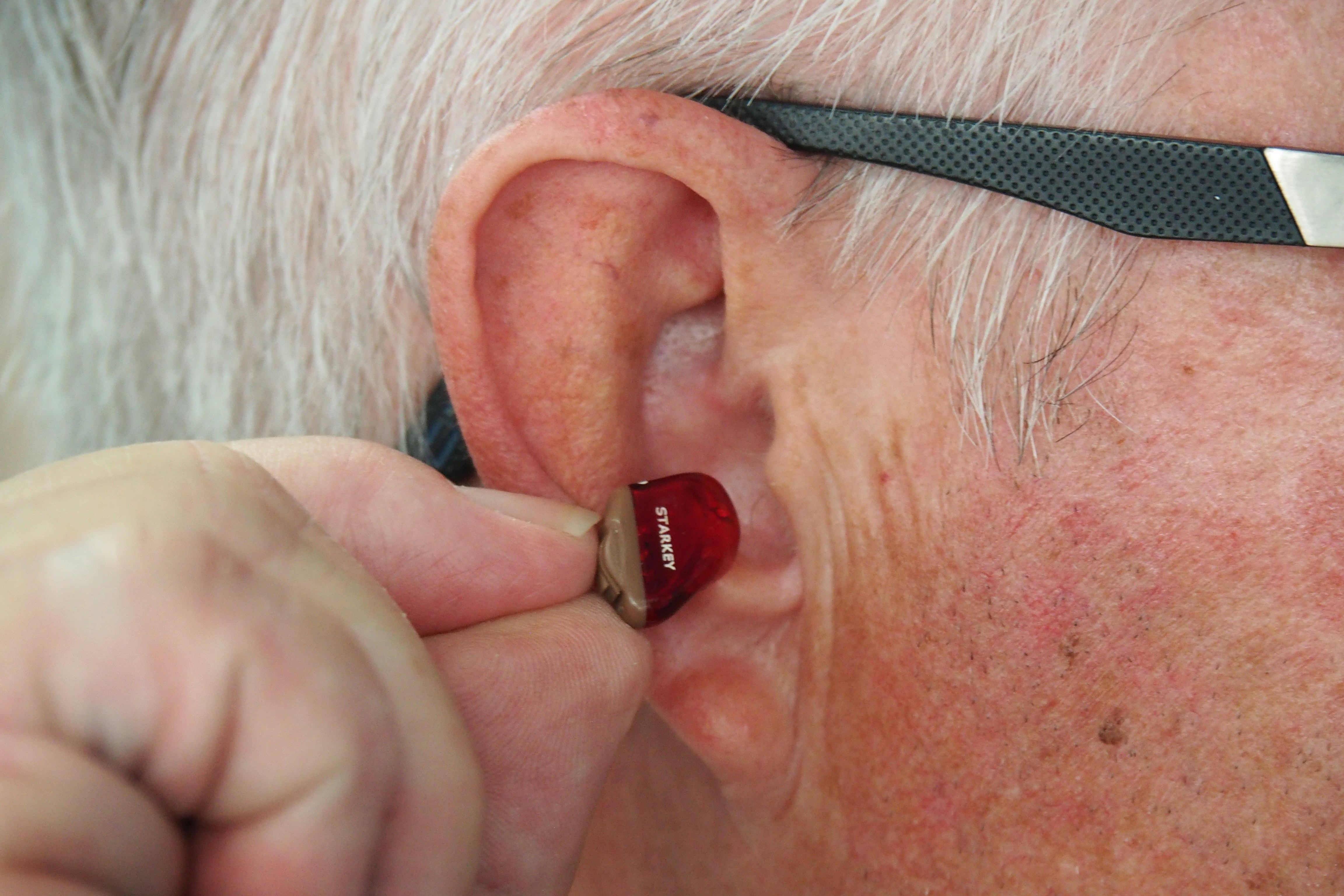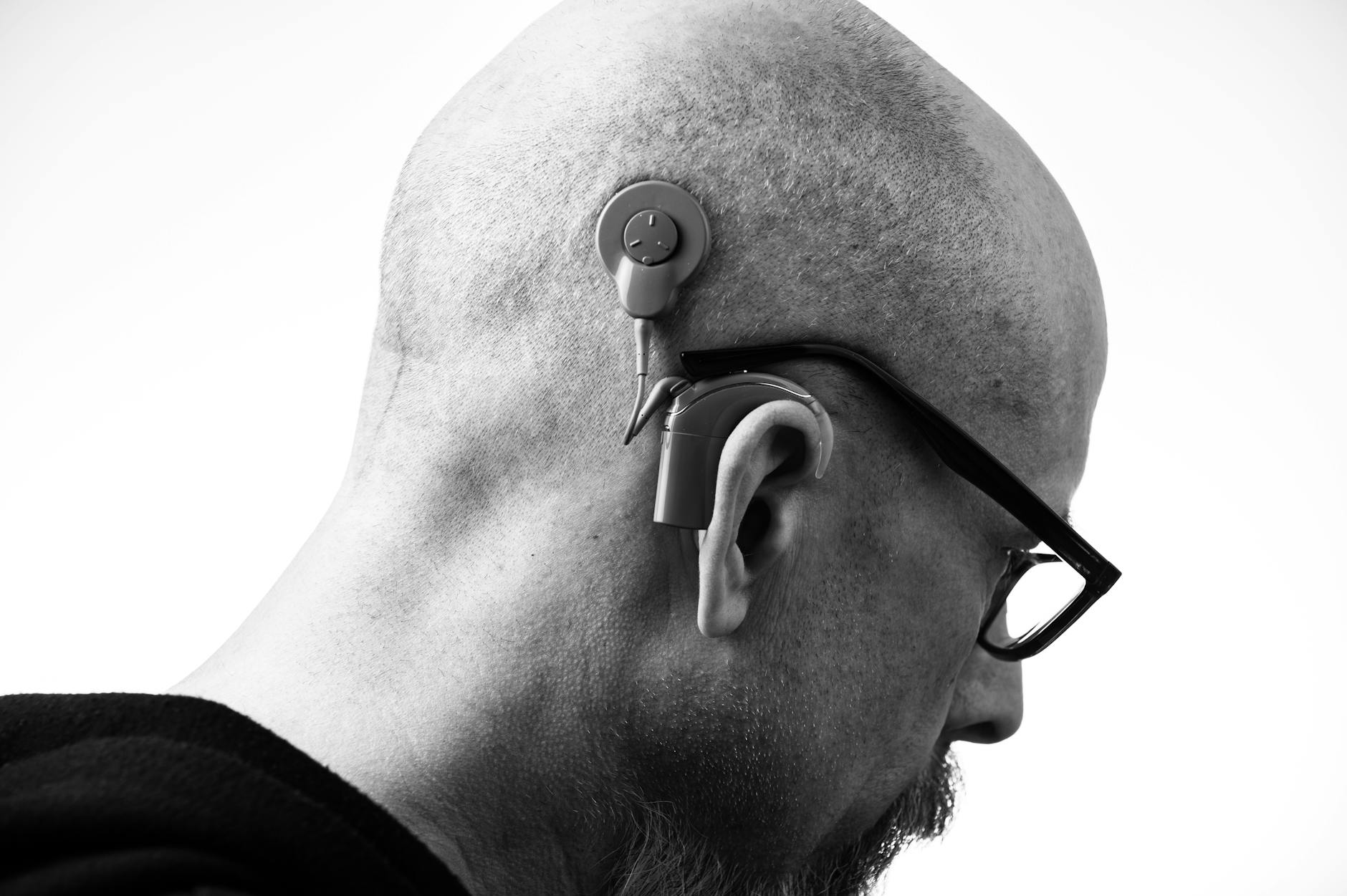Lede: If your ears ring, hiss, or hum and you’re wondering whether hearing aids could finally take the edge off—good news. While hearing aids aren’t a cure for tinnitus, they can meaningfully reduce how intrusive it feels for many people, especially when there’s also hearing loss. Here’s your friendly, step-by-step guide to understanding why they help, which features matter, and how to dial in real-world relief.
Why Hearing Aids Can Help Tinnitus
Tinnitus often gets louder when the world gets quieter. When hearing loss reduces the incoming sound your brain expects, your auditory system can “turn up the gain,” making internal noise more noticeable. Hearing aids reverse part of that process by restoring access to everyday sound and reducing the contrast between tinnitus and your environment.
The brain’s contrast trick
- Amplification adds back soft, high-frequency details your ears have been missing.
- More sound means less silence—your tinnitus has to “compete,” which can make it less dominant.
- Over time, many brains stop paying as much attention to tinnitus when meaningful sounds are back in the mix.
Who’s most likely to benefit?
- People with both tinnitus and measurable hearing loss, especially in the high frequencies.
- Those who notice tinnitus is worst in quiet rooms or after removing hearing aids (if you already have them).
People with normal hearing may still benefit from sound therapy features or counseling, but amplification alone is less likely to help. An audiologist can test your hearing and help tailor the plan.
Features That Matter for Tinnitus Relief
Not all hearing aids are equally helpful for tinnitus. Look for these essentials:
- Wideband amplification and good feedback control: Clear, stable high-frequency amplification improves everyday audibility and reduces tinnitus contrast without squeal.
- Built-in sound therapy: Options like gentle broadband noise (ocean, soft white noise) or modulated sounds provide steady, low-level enrichment you can blend with amplification.
- Customizable mixing: The ability to adjust the balance between microphones (real-world sound) and sound therapy within an app or on-device button is key.
- Notch therapy (for tonal tinnitus): Some devices can identify and reduce gain around your tinnitus pitch to reduce salience for certain tonal cases.
- Bluetooth streaming: Easy access to calming soundscapes, podcasts, or mindfulness apps without blasting room speakers.
- Multiple programs: For example, Everyday, Quiet + Sound Therapy, Focused Listening, and Night-Support.
- Comfort-first form factor: Slim, lightweight, and comfortable domes or earmolds encourage longer wear time—important for making progress.
Set Expectations (and Win): What Relief Looks Like
- Relief vs cure: Hearing aids don’t “switch tinnitus off,” but they can help you notice it less often and feel less bothered by it.
- Timeline: Many people notice partial relief in days to weeks as the brain re-engages with external sound. Full adaptation can take 1–3 months.
- Consistency matters: Wearing your hearing aids during waking hours helps your brain recalibrate. Short spurts = slow progress.
Your 4-Week Tinnitus + Hearing Aid Plan
Week 1: Comfort and Calm
- Wear your hearing aids for a few hours at a time, building up to full-day use.
- Set sound therapy at the lowest level that’s just enough to take the edge off; it should not drown out everyday sound.
- Keep a simple log: time worn, comfort level, and when tinnitus felt less noticeable.
- Use Bluetooth to stream gentle soundscapes during particularly quiet tasks (reading, email).
Week 2: Personalize Programs
- Work with your audiologist to fine-tune gain and feedback settings using real-ear verification so amplified sound stays natural.
- Create at least two programs: Everyday and Quiet + Sound Therapy. Practice switching as your environment changes.
- Experiment with different sound therapy textures (broadband, ocean, soft pink noise) to find the least-annoying, most-effective option.
Week 3: Expand Listening and Habits
- Wear your hearing aids through varied activities: walks, errands, conversation, TV. The more your brain hears, the less tinnitus dominates.
- Add a 10-minute daily relaxation routine—guided breathing or mindfulness audio—streamed right to your aids.
- Night strategy: low-level bedside sound (fan, sound machine) or a low-volume streaming session before sleep. Remove hearing aids for sleep unless advised otherwise.
Week 4: Review and Reduce Reliance
- Notice if you’re reaching for sound therapy less often. That’s a good sign your brain is habituating.
- Schedule a follow-up fit check to adjust fine details (tinnitus pitch match, minimum masking level, microphone vs therapy mix).
- Set realistic goals for the next month: longer comfortable wear, fewer spikes in quiet, calmer bedtime routine.
Smart Fitting Essentials (Share This With Your Audiologist)
- Real-ear measurements (REM): Confirms the amplification you’re getting in your ear matches your prescription targets. This supports natural sound and comfort.
- Tinnitus pitch and loudness matching: Helps select sound therapy types and levels, and informs notch therapy if appropriate.
- Minimum masking level (MML): Determines the lowest sound therapy level that makes tinnitus less intrusive without overcovering your environment.
- Counseling + education: Brief, structured guidance on what to expect and how to use programs enhances outcomes.
If you don’t already have a provider, consider booking with a licensed audiologist who has experience with tinnitus management. Ask specifically about REM, tinnitus matching, and available sound therapy options.
Beyond Devices: Daily Habits That Support Relief
- Sound enrichment: Keep some gentle background sound in very quiet spaces—fan, soft music, or nature audio at a low, steady volume.
- Stress skills: Short, daily relaxation practices (deep breathing, mindfulness audio) can help reduce the stress-tinnitus cycle.
- Sleep support: A regular sleep schedule and a quiet-but-not-silent bedroom help many people. Use a sound machine if total silence spikes your tinnitus.
- Healthy hearing protection: Use properly rated ear protection in loud settings (concerts, power tools). Avoid overprotecting in normal environments—excessive silence can make tinnitus feel louder.
- Limit audio blasts: Keep personal listening devices at safe levels. If you turn up volume to “drown tinnitus,” it may ramp up later.
Troubleshooting: Quick Fixes to Common Issues
- “My tinnitus seems louder when I remove the aids.” That’s common early on; your brain notices the contrast. Try gentle bedside sound after removal and keep wearing aids consistently during the day.
- “Sound therapy is irritating.” Lower the level. It should be barely-there, not a new annoyance. Try a different texture (ocean vs. white noise).
- “Everything sounds sharp or too bright.” Ask your audiologist to smooth high-frequency gain and check REM. Early acclimatization often helps.
- Bluetooth hiccups: Update firmware, restart your phone, re-pair one ear at a time, and ensure the hearing aid app has permissions enabled.
- Battery anxiety: If streaming often, consider rechargeables with a portable case. For disposables, carry spares and replace at early low-battery signs.
When to Seek Medical and Audiology Care
While tinnitus is common, certain signs deserve prompt attention. Consult an ENT specialist or audiologist if you notice:
- Tinnitus in one ear only, especially with new asymmetrical hearing difficulty.
- Pulsatile tinnitus (sounds like a heartbeat).
- Sudden changes in hearing, ear fullness, or vertigo.
- Pain, drainage, or other new ear symptoms.
For everyday tinnitus paired with gradual, age-related or noise-related hearing changes, an audiologist can guide testing, hearing aid options, and a tinnitus-focused fitting plan.
Cost and Access: Clinic vs OTC
- Clinic-fit prescription aids: Most likely to include robust tinnitus features and custom programming, with follow-up care and REM verification.
- OTC hearing aids: May help mild hearing difficulties. Some offer basic sound therapy or app-based noise, but feature sets vary. If tinnitus relief is your main goal, verify sound therapy controls before buying and consider a trial period.
- Trials and warranties: Ask about return windows, follow-up visits, and upgrade paths. Tinnitus relief often improves with multiple fine-tuning visits.
Bottom Line
Hearing aids can make tinnitus less intrusive by restoring everyday sound and offering gentle sound therapy—especially when hearing loss is part of the picture. The magic isn’t a switch; it’s the steady, daily recalibration of your brain’s attention. Choose features that support comfort and control, follow a simple plan, and partner with an audiologist who understands tinnitus. Relief is a skill you can build.
Need personalized guidance? Consider booking a tinnitus-focused hearing evaluation with a licensed audiologist who performs real-ear measurements and offers sound therapy programming.
Frequently Asked Questions
Will hearing aids cure my tinnitus?
No. Hearing aids don’t turn tinnitus off, but they often make it less noticeable and less bothersome by restoring everyday sound and offering gentle sound therapy. Many people report meaningful relief over weeks to months of consistent use.
How long before I notice improvement?
Some people feel partial relief within days, especially in quiet settings. More stable improvement typically unfolds over 1–3 months as your brain adapts. Consistent, all-day wear and a calm sound therapy mix help speed progress.
Do I need special “tinnitus hearing aids,” or will any pair do?
Features matter more than labels. Look for devices with wideband amplification, built-in sound therapy, adjustable mixing, Bluetooth streaming, and multiple programs. A skilled audiologist and real-ear verification are just as important as the hardware.
What if my hearing is normal?
Amplification alone may not help much if your hearing is within normal limits. You might still benefit from counseling, sound enrichment strategies, and stress-management tools. An audiologist can test your hearing and help design a plan.
References
- NIH NIDCD: Tinnitus
- Mayo Clinic: Tinnitus — Diagnosis and treatment
- WHO: Risk of hearing loss from exposure to recreational sounds



